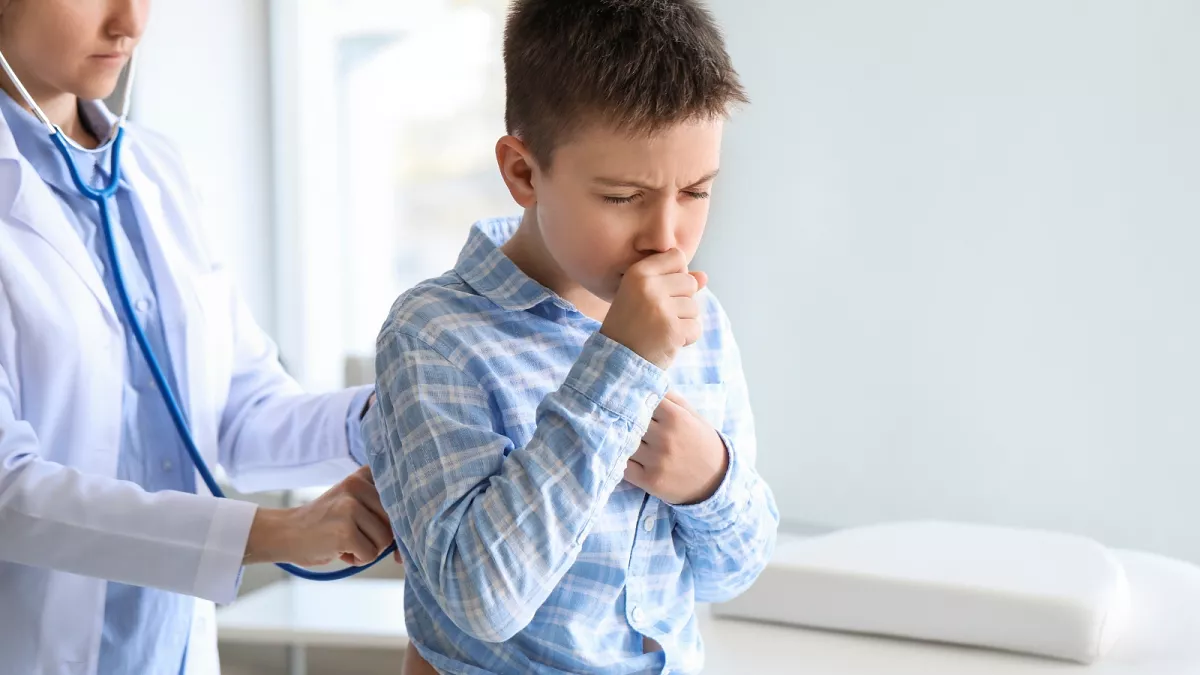California is facing a significant outbreak of whooping cough (pertussis), amidst a nationwide increase in cases reported by the CDC. This surge in infections raises serious concerns for vulnerable populations, especially infants and young children, who are at heightened risk of severe complications from the disease.
Pertussis spreads through airborne droplets that can linger on surfaces and clothing for several days. Initial symptoms often mimic those of a common cold, but they can rapidly progress to intense coughing fits that may last for weeks, posing a threat to respiratory health.
The cough associated with whooping cough is uniquely alarming, characterized by a distinctive “whoop” sound. As explained by pediatric hospitalist Dr. Gabrielle Pina at Loma Linda University Children’s Health, this sound occurs when the diaphragm forcefully pushes the lungs to expel mucus.
Infants are particularly at risk, as they can experience apnea, where breathing stops for 20 seconds or more. This symptom is particularly concerning, as it can lead to life-threatening situations for young children struggling to breathe.

The CDC’s recent statistics paint a troubling picture, with over 17,000 reported cases of whooping cough marking a 10-year high. This figure represents a fivefold increase compared to the previous year, with California experiencing a disproportionate number of cases.
Dr. Pina highlights that the resurgence of pertussis is reminiscent of pre-pandemic levels, a time when mask-wearing and social distancing were common, resulting in lower vaccination rates among children.
In communities with low vaccination rates, the risk of whooping cough becomes significantly greater. Infants under one year old are particularly vulnerable, with about one-third of those infected requiring hospitalization due to severe complications. While antibiotics can treat pertussis, they primarily serve to prevent further spread rather than cure the infection, emphasizing the critical importance of vaccination as a preventive measure.
To address this rising health threat, Dr. Pina recommends that individuals, especially adults and pregnant women, stay current with their Tdap vaccinations. She advises that pregnant women receive the vaccine around 27 weeks gestation to ensure that antibodies are passed to their newborns for enhanced protection.
Furthermore, she urges the public to practice good hygiene, including frequent handwashing and wearing masks if feeling unwell, to help curb the spread of this vaccine-preventable disease.
